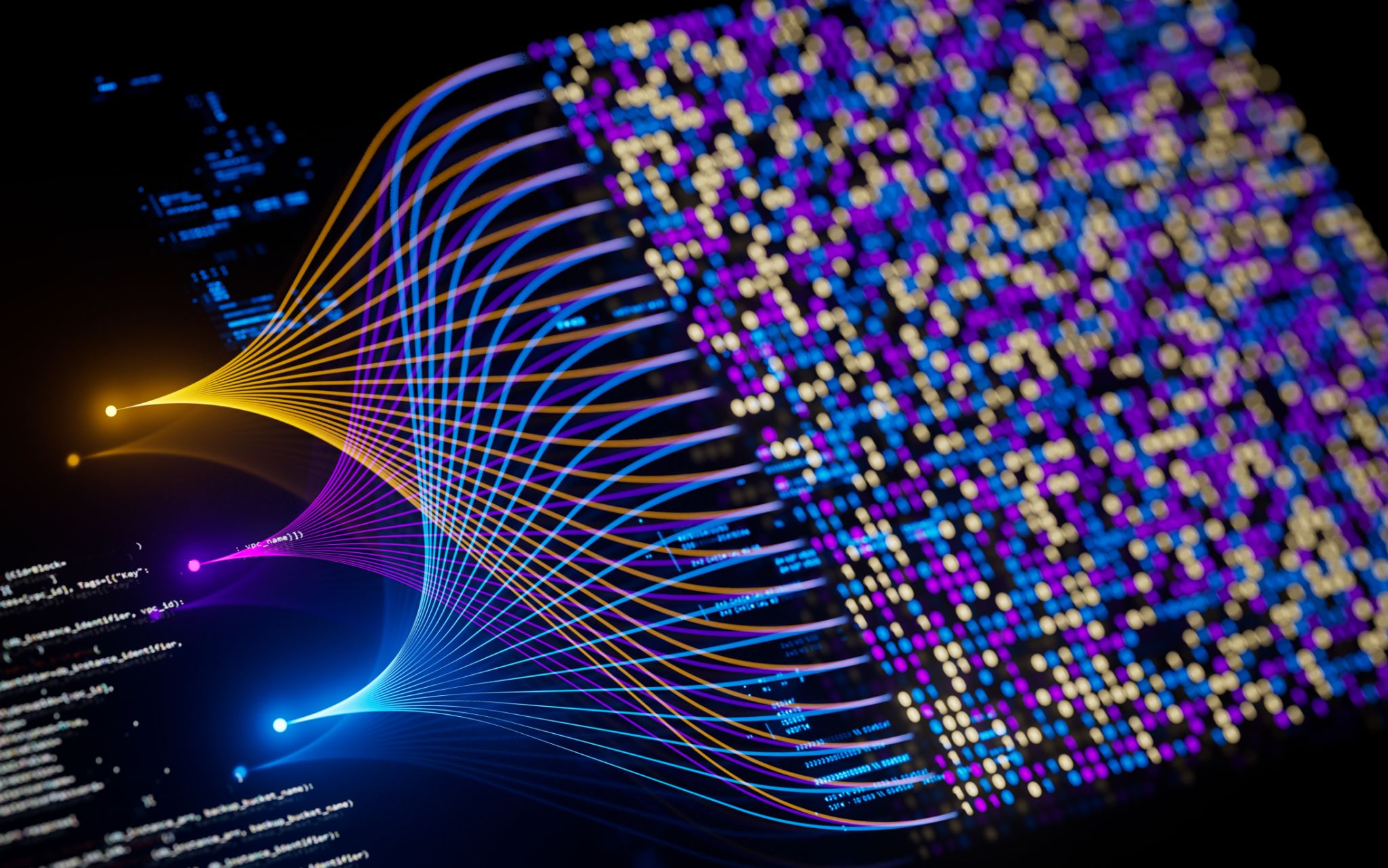How Machine Learning Revolutionizes Biotechnology for Better Health Outcomes
The Intersection of Machine Learning and Biotechnology
In recent years, the healthcare industry has witnessed a remarkable transformation, largely due to the integration of machine learning (ML) with biotechnology. These cutting-edge technologies are driving innovations that promise to enhance diagnostics, improve treatment protocols, and ultimately, lead to better health outcomes. By analyzing vast datasets, ML algorithms can identify patterns and insights that are often beyond human capability.
Machine learning's ability to process and analyze large volumes of data quickly has opened new avenues in biotechnology research and application. This fusion is helping scientists and researchers uncover new biological insights and develop targeted therapies more efficiently than ever before.

Enhanced Diagnostic Capabilities
One of the most significant impacts of machine learning in biotechnology is its ability to improve diagnostic accuracy. ML algorithms can analyze medical images, genetic sequences, and patient data to detect diseases at earlier stages. For instance, in oncology, machine learning models are being used to identify cancerous tissues with higher precision than traditional methods.
Moreover, ML-driven diagnostic tools can continuously learn and improve their accuracy over time. As more data becomes available, these systems refine their algorithms, making them even more effective in diagnosing complex diseases. This continuous improvement ensures that healthcare providers can offer timely and accurate diagnoses, leading to better patient outcomes.
Personalized Medicine and Treatment
Machine learning is also revolutionizing personalized medicine by enabling the development of customized treatment plans based on individual patient data. By analyzing genetic information, lifestyle factors, and historical medical records, ML algorithms can predict how a patient might respond to a specific treatment. This allows healthcare providers to tailor therapies that are more effective for each individual.

This approach not only improves the efficacy of treatments but also minimizes potential side effects. Patients receive therapies that are specifically designed for their unique biological makeup, leading to faster recoveries and improved overall health outcomes.
Accelerating Drug Discovery
Traditionally, drug discovery has been a time-consuming and costly process. However, machine learning is significantly reducing both the time and cost associated with developing new drugs. By analyzing vast amounts of biochemical data, ML models can predict how different compounds will interact with biological targets.
This predictive capability allows researchers to identify promising drug candidates much faster, accelerating the journey from laboratory research to clinical trials. As a result, new treatments can reach patients more quickly, addressing unmet medical needs with greater efficiency.

Challenges and Future Directions
While the integration of machine learning in biotechnology holds immense promise, it is not without challenges. Issues such as data privacy, algorithmic bias, and the need for interdisciplinary collaboration are areas that require careful consideration. Ensuring that ML models are trained on diverse datasets is essential to avoid biased outcomes that could adversely affect certain populations.
Despite these challenges, the future looks promising. Continuous advancements in machine learning algorithms and increasing collaboration between technologists and biologists are expected to drive further innovations in healthcare. As these technologies evolve, they will likely lead to even more significant improvements in health outcomes worldwide.
Conclusion
The fusion of machine learning and biotechnology is reshaping the healthcare landscape by providing tools for more accurate diagnostics, personalized treatments, and accelerated drug discovery. As these technologies continue to advance, they hold the potential to revolutionize healthcare practices and deliver better health outcomes for individuals across the globe.
